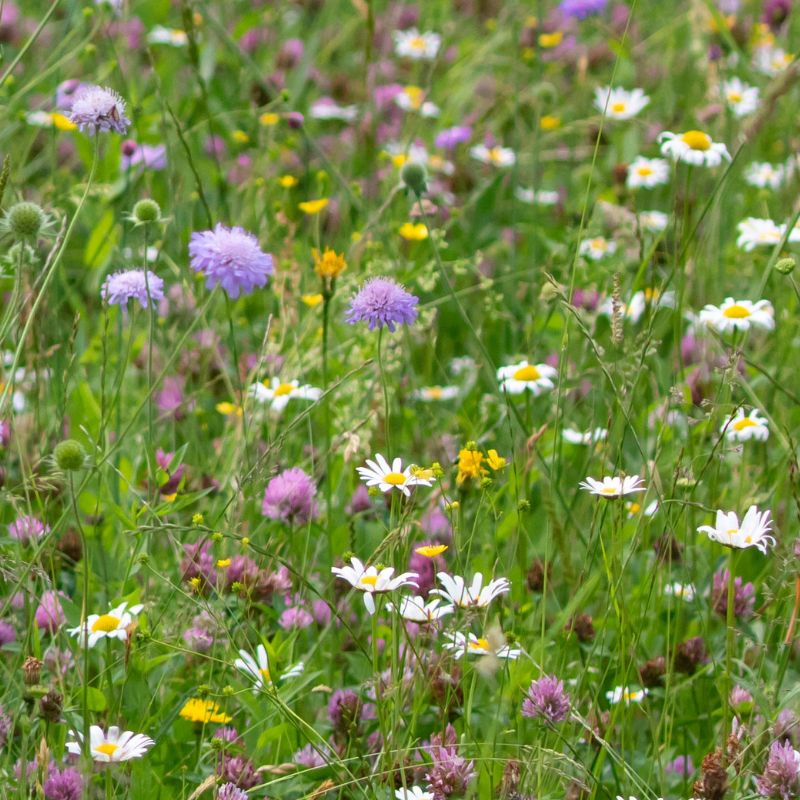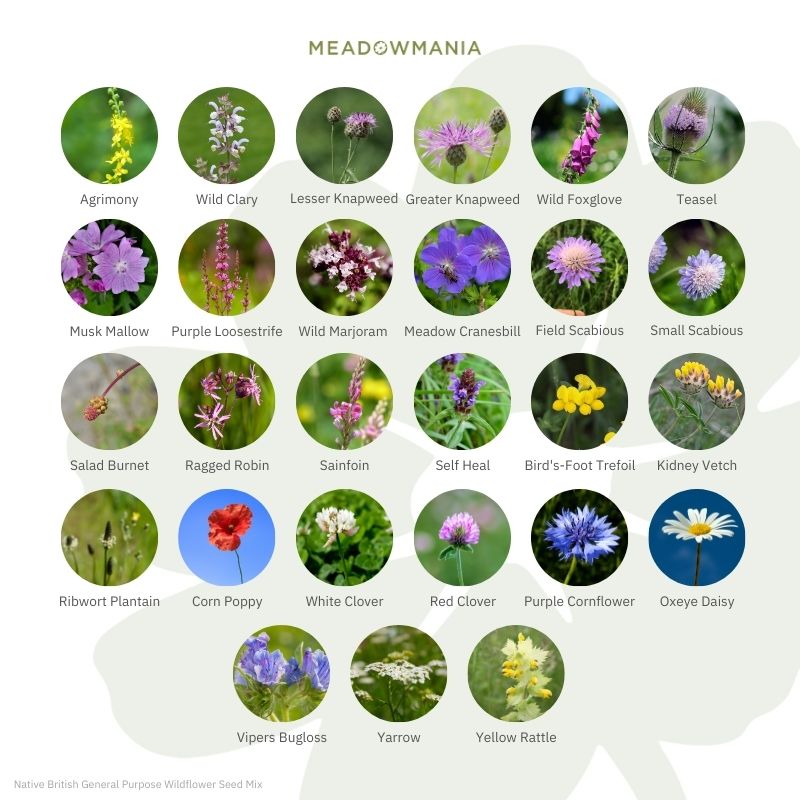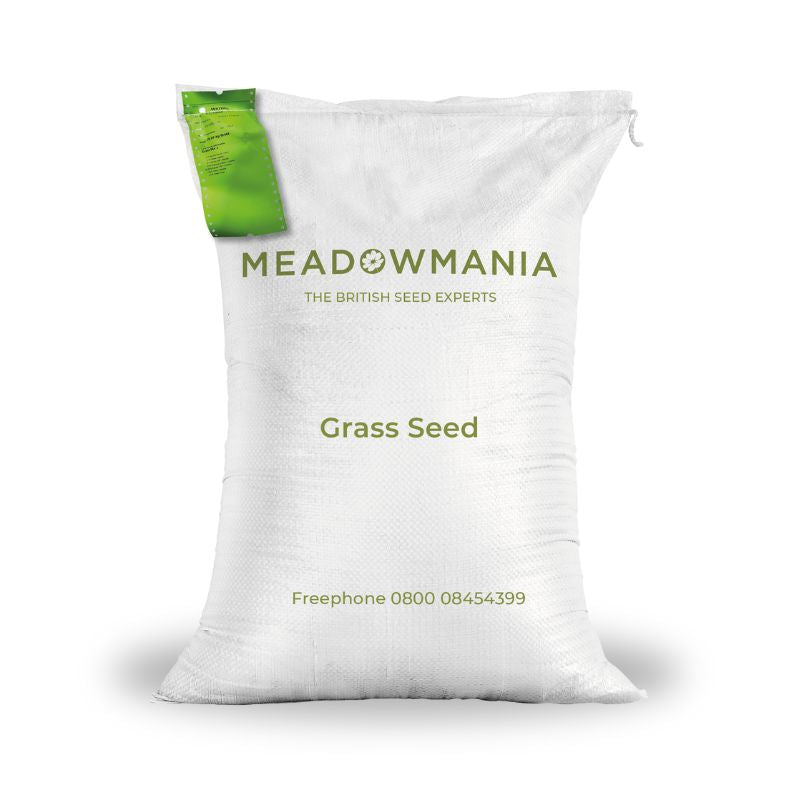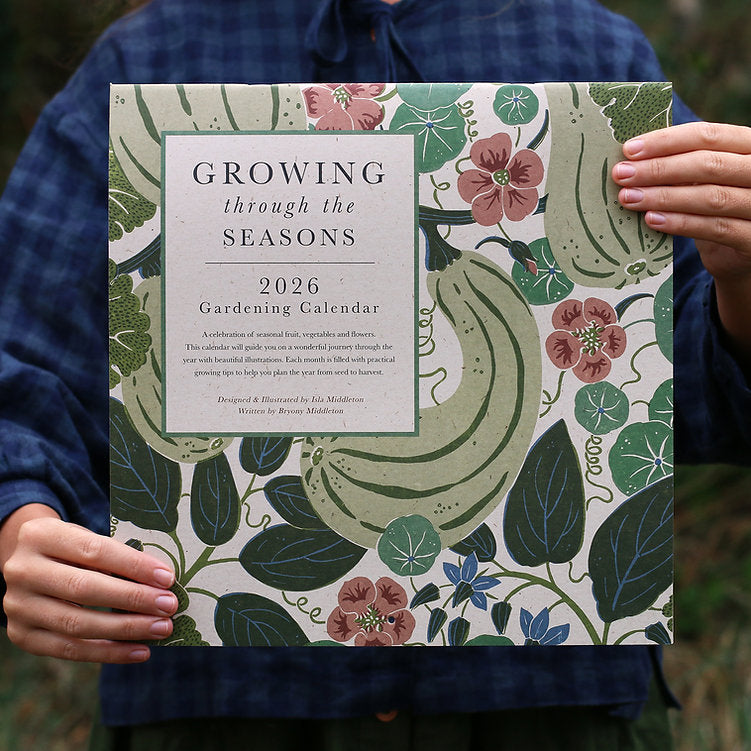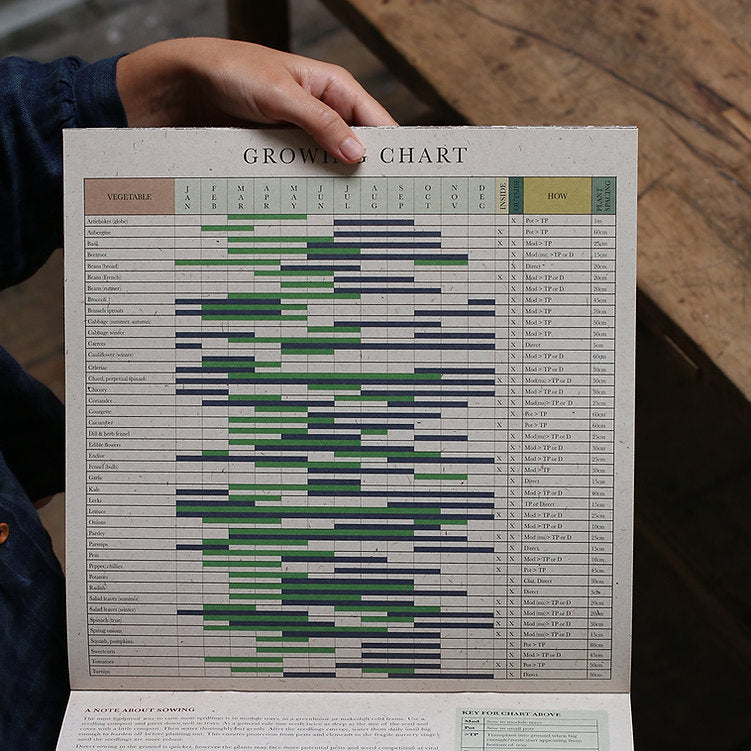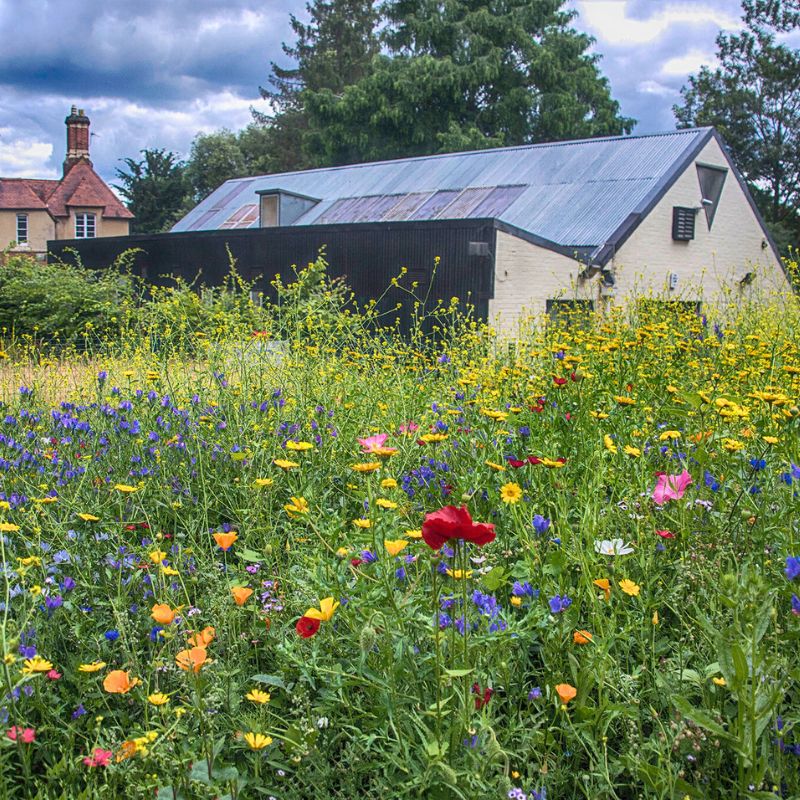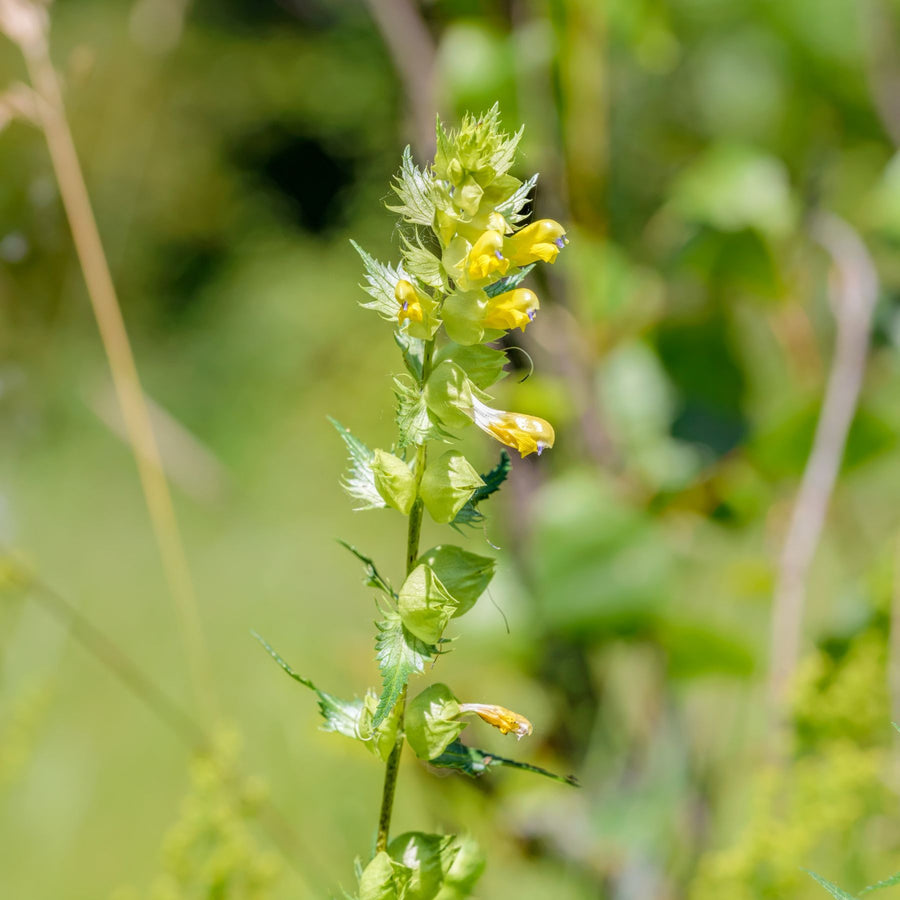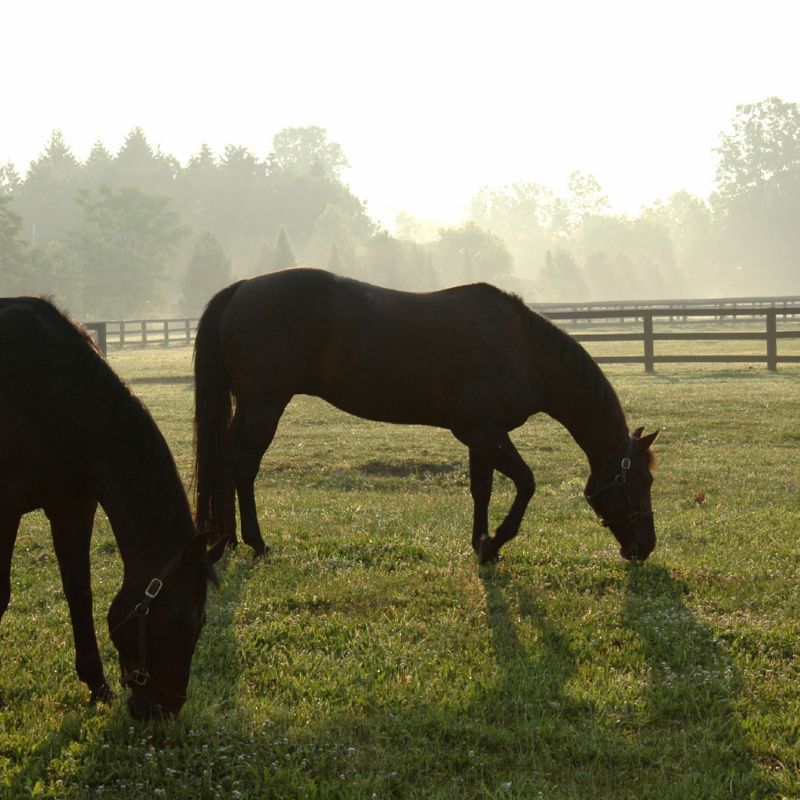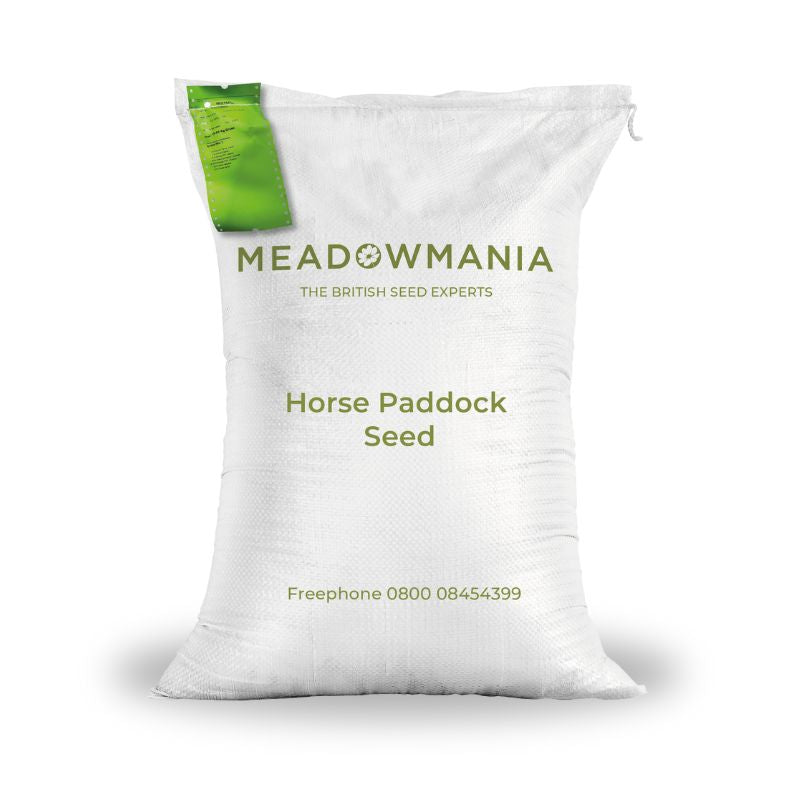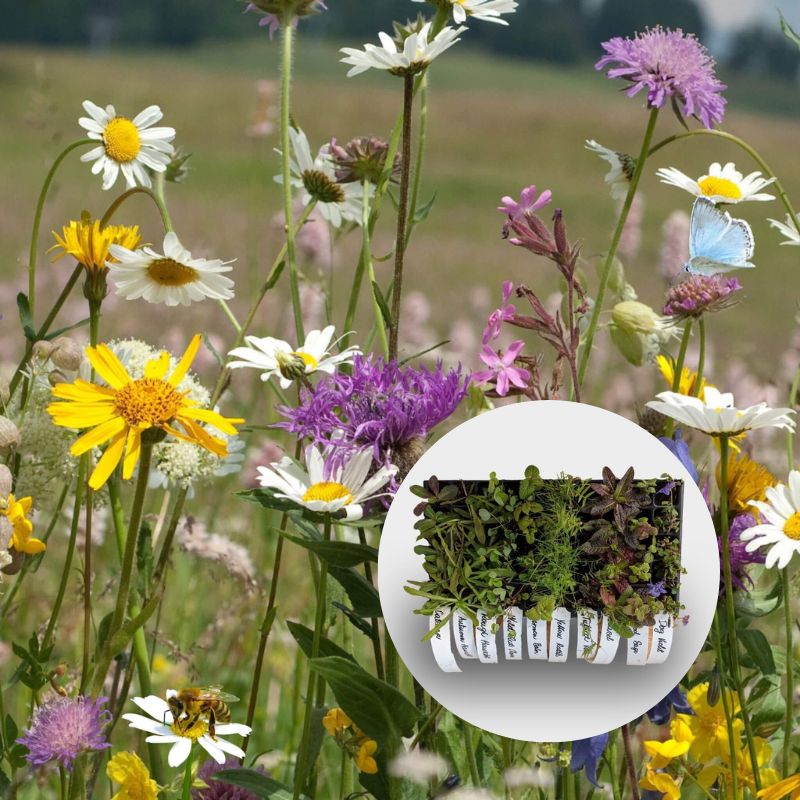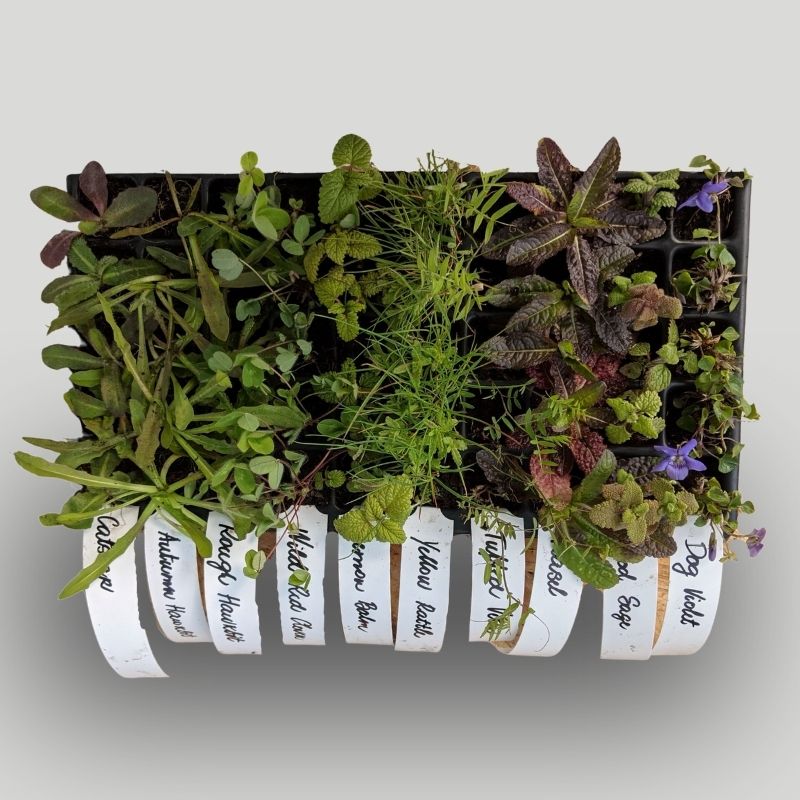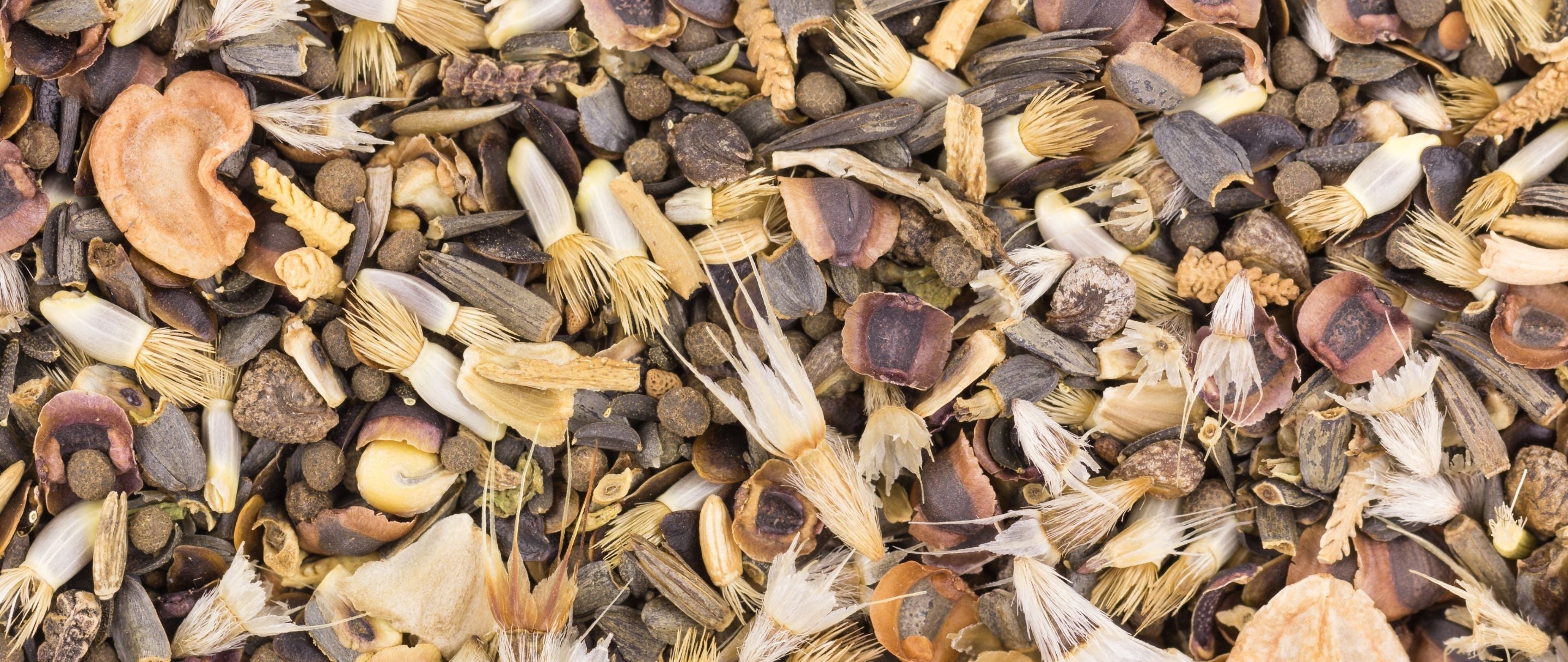
Understanding Wildflower Seed Dormancy and Germination
The Secret Life of British Wildflower Seeds
Growing wildflowers might seem as simple as scattering seeds and watching them bloom, but wildflower seeds have their own unique requirements to sprout and thrive. One of the most fascinating aspects of wildflower gardening is seed dormancy—a natural survival mechanism that allows seeds to "wait" for the ideal conditions to germinate. Understanding this process can make all the difference in achieving a vibrant, successful wildflower garden.
What is Seed Dormancy? 🌱
Seed dormancy is a protective strategy that helps seeds survive adverse conditions, like harsh winter weather, until the environment is just right for growth. Dormant seeds essentially “pause” until they sense cues—such as changes in temperature, moisture, and sunlight—that signal the best conditions for germination. This adaptation is especially common in British wildflower species, which need to withstand seasonal changes and unpredictable weather.
For wildflower gardeners, knowing how to work with dormancy can mean the difference between a flourishing garden and one where seeds stubbornly refuse to sprout.
Types of Dormancy in Wildflower Seeds
In British wildflowers, there are two main types of dormancy that gardeners should be aware of:
-
Physical Dormancy – Some seeds have a hard, protective coat that prevents water from penetrating until it’s worn down by natural processes like winter frost, soil microorganisms, or even passing through the digestive tract of birds and animals. This ensures that the seed doesn’t germinate too early in the season.
-
Physiological Dormancy – In this type of dormancy, seeds are inhibited from germinating due to internal physiological factors, even if external conditions are otherwise favourable. To overcome this, many wildflower species require a period of cold, moist conditions—known as cold stratification—which helps trigger the internal changes needed for germination. This adaptation ensures seeds sprout at the right time, typically in spring. It is common in UK natives like cowslip (Primula veris), field scabious (Knautia arvensis), and of course, yellow rattle (Rhinanthus minor).
How to Encourage Germination 🌱
To get the most out of your wildflower seeds, you can mimic these natural processes, either by sowing seeds in autumn to let nature do the work, or by using a few techniques at home to "wake up" the seeds before sowing in spring.
1. Autumn Sowing
One of the simplest ways to handle dormancy is to sow seeds in autumn, allowing winter weather to naturally break down seed coats and provide the necessary cold period. British wildflowers are adapted to this cycle, and by sowing in autumn, you’ll likely see stronger and more natural growth in spring.
2. Cold Stratification
If you missed autumn sowing, you can cold stratify seeds at home before planting. Place seeds in a damp paper towel inside a sealed bag, then store them in the refrigerator (not the freezer) for 4-8 weeks. This gives them the "winter" experience they need to germinate successfully once planted.
3. Scarification for Hard-Coated Seeds
Some wildflower seeds benefit from scarification, a technique that involves gently nicking or rubbing the seed coat with sandpaper - be careful to only scratch the surface, as damaging the seed can prevent it from growing - this allows water to reach the seed more easily, promoting faster germination. In nature, this process occurs through natural elements like frost, soil movement, or digestion by animals. This is a feature of UK native wildflowers such as vetches (Vicia spp.) and cranesbills (Geranium spp.).
It's important to note that scarified seeds should be sown promptly, as their viability decreases over time.
Why Some Wildflower Seeds Take Longer to Germinate
Certain British wildflowers are notoriously slow to germinate, sometimes taking up to a full season or longer. This is especially true for wild orchids and some meadow species, which have highly specific requirements for moisture, light, and temperature. Patience is essential with these varieties, as their slow, natural cycles are precisely what allow them to flourish in the wild.
If you’re planting species with delayed germination, try sowing them in a spot you can leave undisturbed for at least a year. This will allow seeds the time they need to respond to the natural weather and soil cycles.
Embracing Nature’s Timetable
Understanding seed dormancy and germination isn’t just helpful for a successful wildflower garden—it’s a wonderful reminder of how plants have adapted to survive and thrive in Britain’s climate. By working with these natural processes, you’ll be rewarded with a stunning, resilient wildflower garden that supports local biodiversity and changes with the seasons.
Ready to start growing? Explore our range of carefully curated wildflower seed mixes—designed to thrive with the right preparation and find the perfect mix for your garden.


